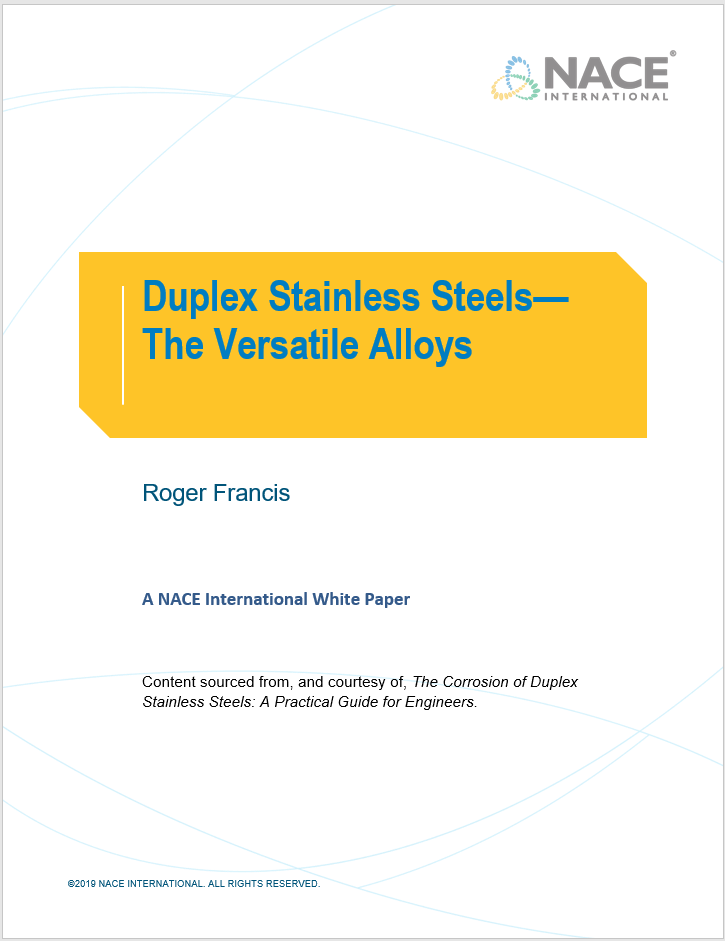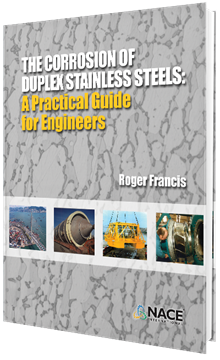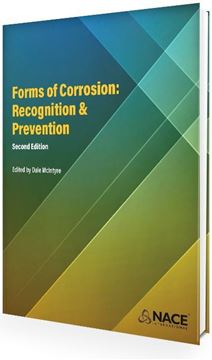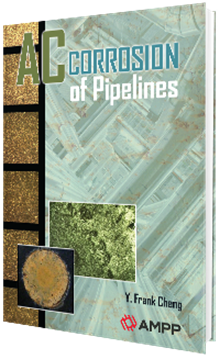Crude Unit Corrosion Guide - A Complete How-To Guide, 3rd edition
The Corrosion of Duplex Stainless Steels: A Practical Guide for Engineers
This is a print-on-demand (POD) book that will be produced just for you in 2-5 days after your order. It should arrive at your door in about one to two weeks. However, due to supply chain and logistic challenges currently affecting the industry, it may take longer. Allow three weeks for international orders.
In The Corrosion of Duplex Stainless Steels, author Roger Francis reviews various duplex alloy compositions, mechanical properties, and design stresses for vessels and pipes to various codes. He also covers the basics of welding duplex alloys, both to themselves and to other alloys, and their corrosion resistance.
Of most importance, the book looks at a variety of types of corrosion that may affect DSSs in service, presenting the available data and, in some cases, how to avoid problems.
2018 NACE, 256 pages, 8 x 10" trim size, color, perfect bound.

Download the free white paper summary of this title to see specific areas of focus and discussion




